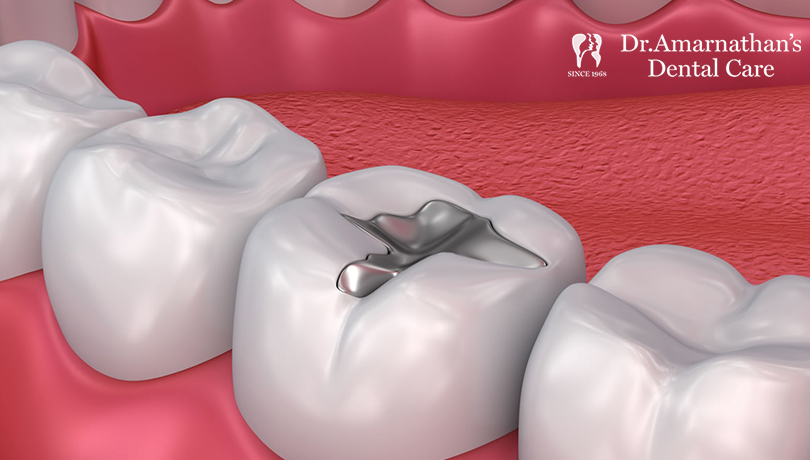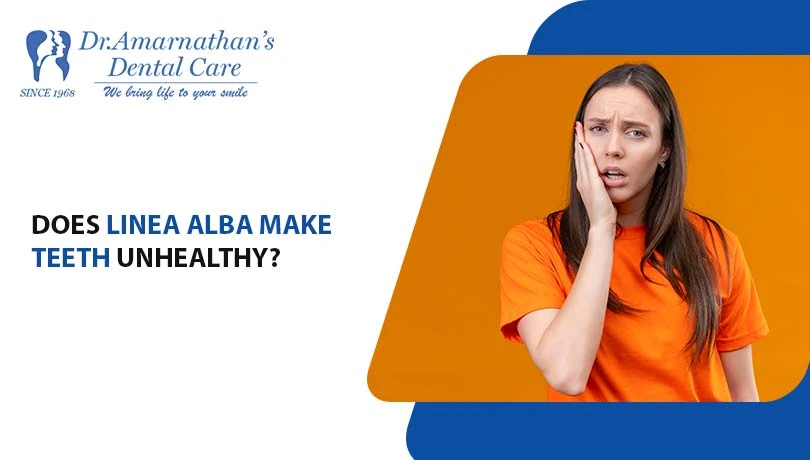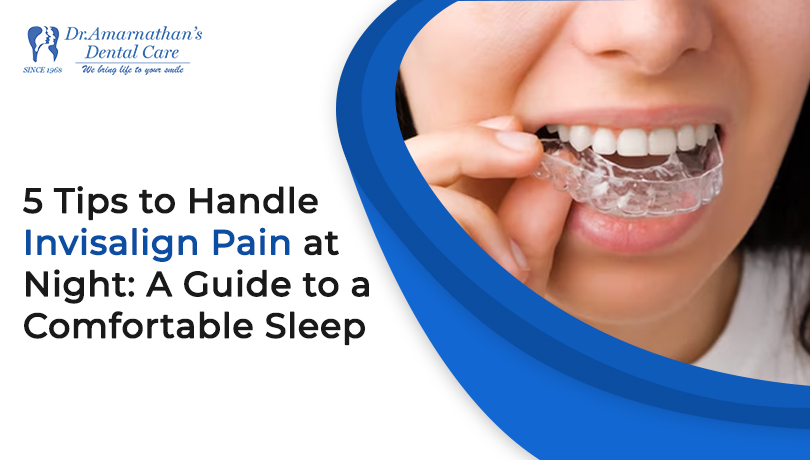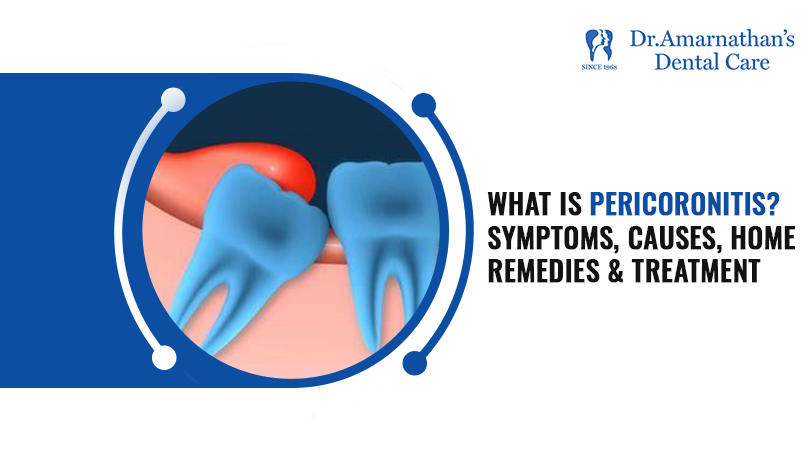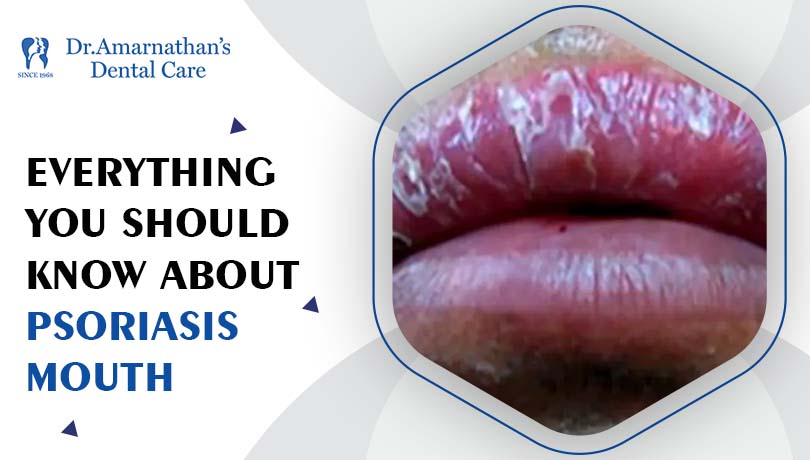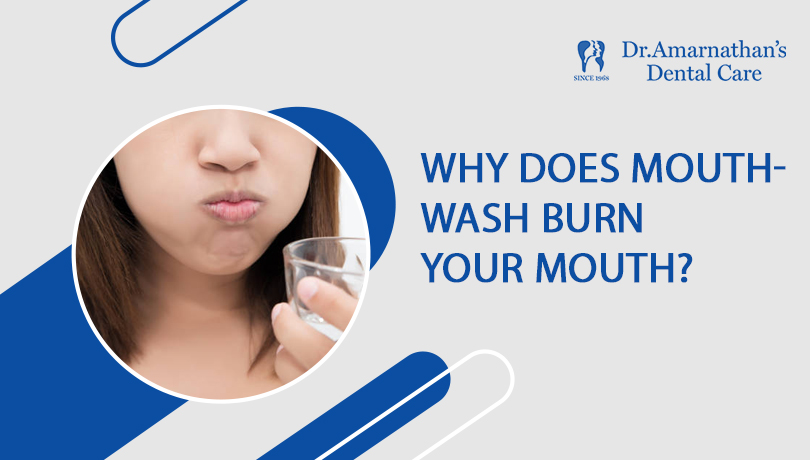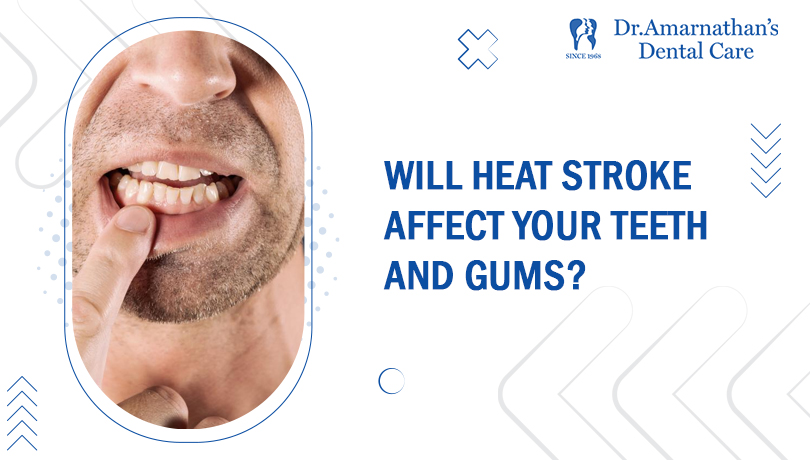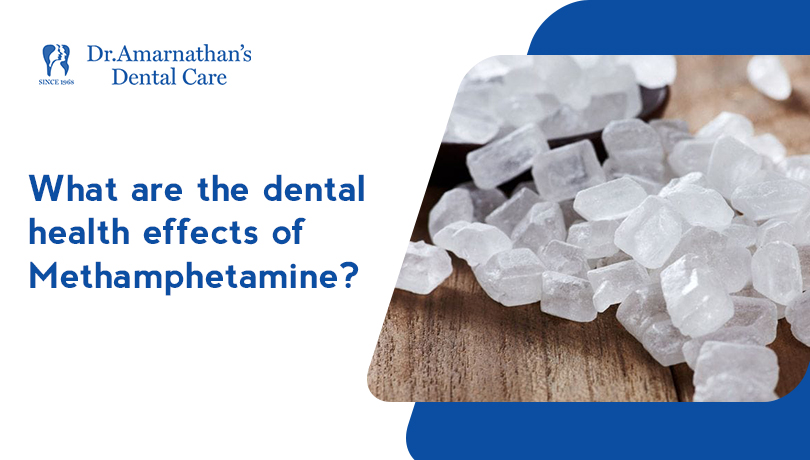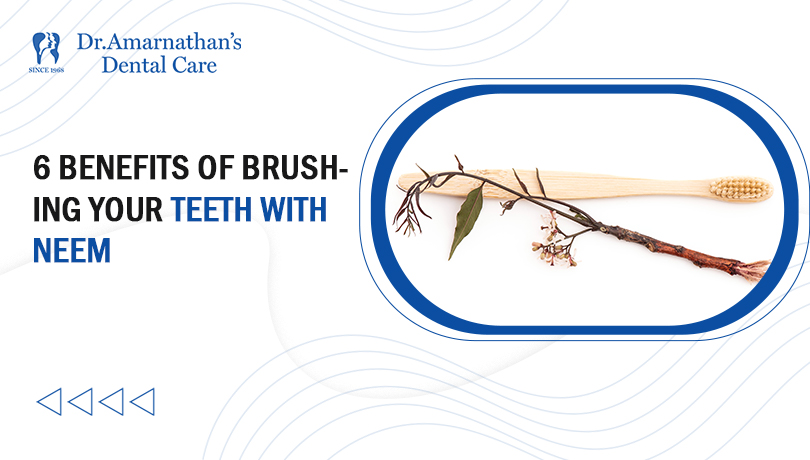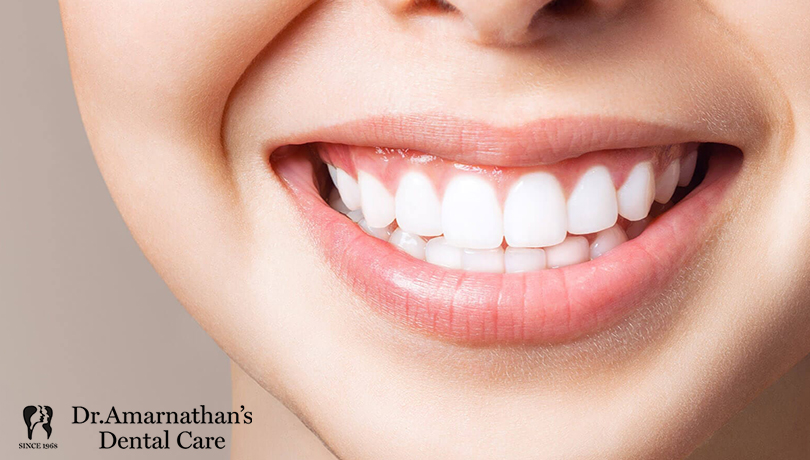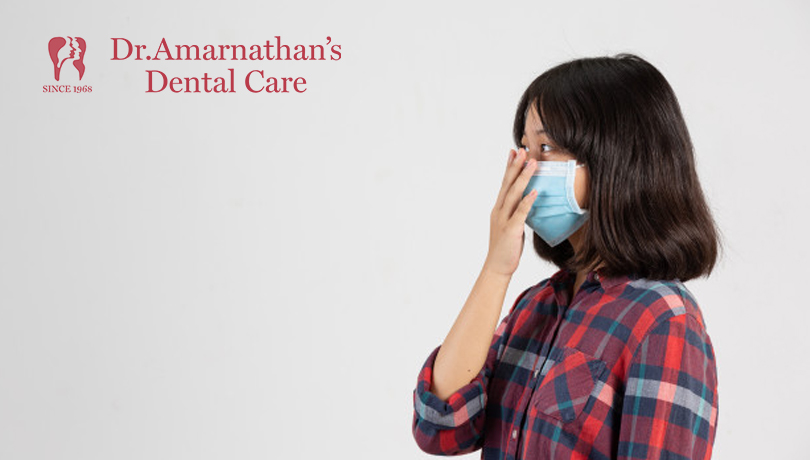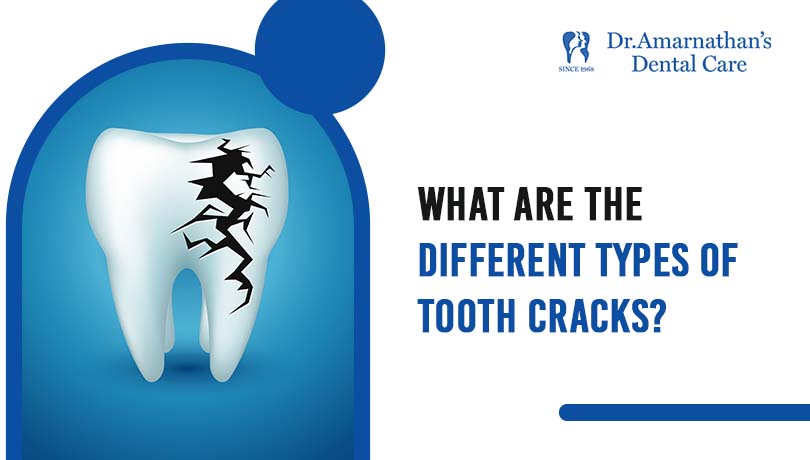
Tooth crack classification – What are they and how to treat them?
Your teeth are made to be permanent. But during their existence, they experience a lot of stress and force. This may occasionally damage them.
Enamel, the hardest material of the body, makes up the tooth’s outer layer. It is impossible to repair a tooth that has damaged the enamel. However, you can speak with dental professionals to develop a treatment strategy that is suitable for you.
What is a tooth crack?
A cracked tooth, sometimes referred to as cracked tooth syndrome (CTS), is a crack or fracture that forms in your teeth. It is a common dental condition that might be the result of biting on hard foods or grinding the teeth while sleeping.
Although anyone can crack a tooth, children and elderly people are more susceptible to tooth fractures.
Sometimes these cracks will be small and harmless. However, it can cause a severe split or crack in your teeth.
What are the different types of tooth cracks?
The tooth cracks are classified into five different types. Based on the classification of the crack in your tooth your dentist will suggest a treatment plan.
1) Craze lines
Craze lines are thin, vertical lines that develop in tooth enamel over time mainly as people get older. Sometimes craze lines are translucent. They could also seem brown, gray, or yellow. Although, craze lines are often difficult to find and they go completely unnoticed unless you hunt for them.
Your teeth could easily get stained by it. Due to this, they might be more noticeable in people who use tobacco products and consume tea, coffee, soda, or red wine.
Causes
Years of food chewing and pressure on the teeth lead to the formation of these lines. They become more noticeable as a result when people age towards middle age or old age. Its possible causes include:
- Teeth wear and tear from years of chewing and biting.
- Grinding of teeth while sleeping (bruxism)
- Persistent nail-biting behavior.
- Chewing on things other than foods such as ice, candy, or hard items.
- Trauma or injury to the teeth.
Treatments
The following professional procedures are available to lighten these lines, cover them or alter the surface of your teeth;
- Using composite resin to fill the line of the teeth.
- In-office professional teeth whitening procedures.
- Dental veneers
2) Fractured cusp
The most common dental injury is a fractured cusp. Cusps aid in chewing and provide your teeth structure. In general, molars have four or five cusps.
Tooth deterioration or damage can cause the top of a tooth, known as the cusp, to fracture. With the aid of modern dentistry, this can be prevented in a variety of ways.
Causes
- The structure of your teeth may soften due to a variety of factors.
- The most frequent causes of a fractured cusp are as follows:
- Extreme tooth decay
- Bruxism (regular teeth grinding or clenching)
- Dental injury or trauma
- Failed dental restoration procedures such as dental bridges and crowns.
- Biting on hard food items.
Treatments
Non-invasive or intensive work can be used to treat a broken or fractured cusp. The following are common treatments:
- Dental fillings
- Crowns
- Dental inlay or onlay procedure
- Root Canal Treatment
Tooth extractions and implants are other options for treating severe fractures.
3) Cracked tooth
The chewing surface of a fractured tooth has a crack that extends vertically toward the tooth’s root. In this case, early diagnosis is crucial to saving the tooth. If the cracked teeth are not treated they will deteriorate over time and may result in tooth loss.
Causes
The following are the root causes of a cracked tooth,
- Tooth cracks occur frequently in people with age 50 and older.
- Eating hard items such as candy, ice, etc.
- Habitual behaviors like chewing gum or ice.
- Teeth clenching or grinding (bruxism)
- Having a root canal or large dental fillings which weakens the tooth.
- Trauma, such as accidents on a bike, in cars, during sports, or through physical violence.
Treatments
The following are treatment options for a cracked tooth,
- Permanently affixed the part of the cracked tooth with glue.
- Using a plastic resin to the crack of the teeth is a process known as bonding.
- Using dental fillings.
- Using a crown which is a cap that completely covers the chipped tooth.
4) Split tooth
The surface of your tooth has a crack that extends below the gum line. This kind of crack splits your teeth into two pieces.
The result of the cracked tooth is a split tooth. Thus the tooth part is completely split apart.
Although the split could happen rapidly, it usually develops over time from an incomplete crack.
Causes
The following bad behaviors promote the growth of cracks and finally lead to a split tooth.
- Bruxism
- Parafunction
- Chewing ice, etc.
Treatments
The treatment options for a split tooth are,
- Tooth extraction
- Dental implants
5) Vertical root fracture
A complete or partial fracture of the tooth root in the buccal or lingual direction is referred to as a vertical root fracture. This fracture can extend the entire length of the root or only extend along a small section of the root. The symptoms of this type of fracture may or may not be associated with patients. But they are frequently found on regular periapical x-rays.
Causes
- Almost all vertical root fractures are linked to a history of root canal therapy.
- The indication of a vertical root fracture is associated with a sinus tract or a small, vertical periodontal pocket along the root surface.
Treatments
- Due to the poor prognosis of the root with VRF, the only treatment options usually include root amputation and tooth extraction.
- It was recently suggested as an alternative to tooth extraction to connect the fracture line with adhesive resin cement during the intentional replantation operation.
Take away
If you do have any of these dental problems, schedule an appointment with your dentist as soon as possible. The longer you wait, the more likely it is that the tooth will break and require more expensive treatment.
No matter what kind of damaged tooth you have, our team can offer you the right care to restore your smile.
To schedule a consultation right now, call our clinic or contact us here.



